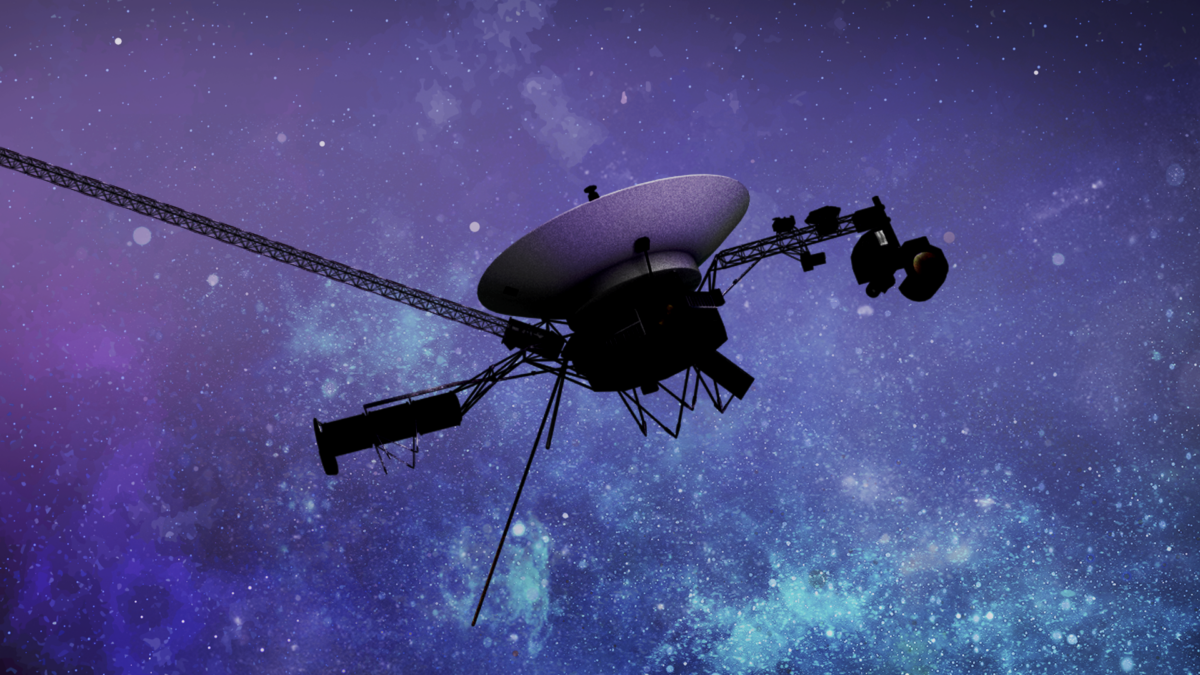NASA engineers have made progress in understanding the problem of Voyager 1
03/13/2024, Denise Hill, blogs.nasa.gov

Since November 2023, NASA's Voyager 1 spacecraft has been sending a steady radio signal to Earth that contains no useful data. The source of the problem appears to be one of three on-board computers in the flight data subsystem (FDS), which is responsible for packaging scientific and engineering data before sending it to Earth by the telemetry modulation unit.
On March 3, the Voyager mission team saw activity in one section of the FDS data that was different from the rest of the computer's unreadable data stream. The new signal was still not in the format Voyager 1 used when FDS was working properly, so the team initially didn't know what to do with it. But an engineer at the Deep Space Network, who manages the radio antennas that communicate with both Voyagers and other spacecraft heading to the Moon and beyond, was able to decode the new signal and discovered that it contained data from the entire FDS memory.
FDS memory includes its code, or instructions about what to do, as well as variables or values used in the code, which can change depending on commands or the state of the spacecraft. It also contains scientific or engineering data for the incoming link. The team will compare these readings to those taken before the problem occurred and look for discrepancies in code and variables to find the possible source of the ongoing problem.
This new signal resulted from a command sent to Voyager 1 on March 1st. The team called her “the poke.” This command was intended to gently encourage FDS to try different sequences in its code in case the problem could be solved by bypassing the broken area.
Because Voyager 1 is more than 15 billion miles (24 billion kilometers) from Earth, it takes 22.5 hours for a radio signal to reach the spacecraft and another 22.5 hours for the probe's response to reach antennas on the ground. The team received the team's results on March 3. On March 7, engineers began work on decrypting the data, and on March 10 they determined that it contained data from memory.
The team analyzes the readings. Using this information to develop a possible solution and try to put it into practice will take time.
Translation: Alexander Tarlakovsky (blog tay-ceti.space)
Original: NASA Engineers Make Progress Toward Understanding Voyager 1 Issue




